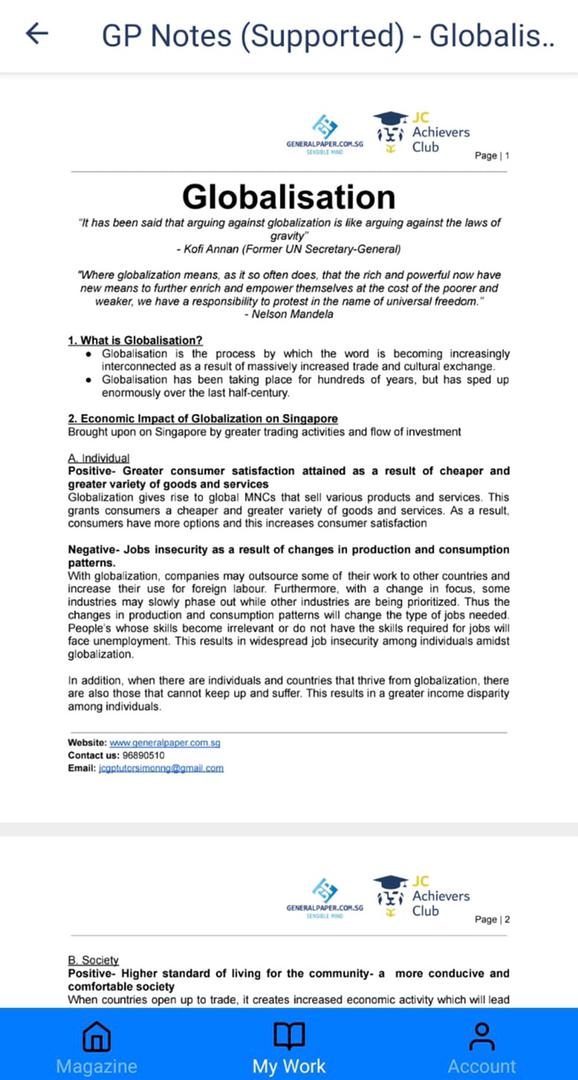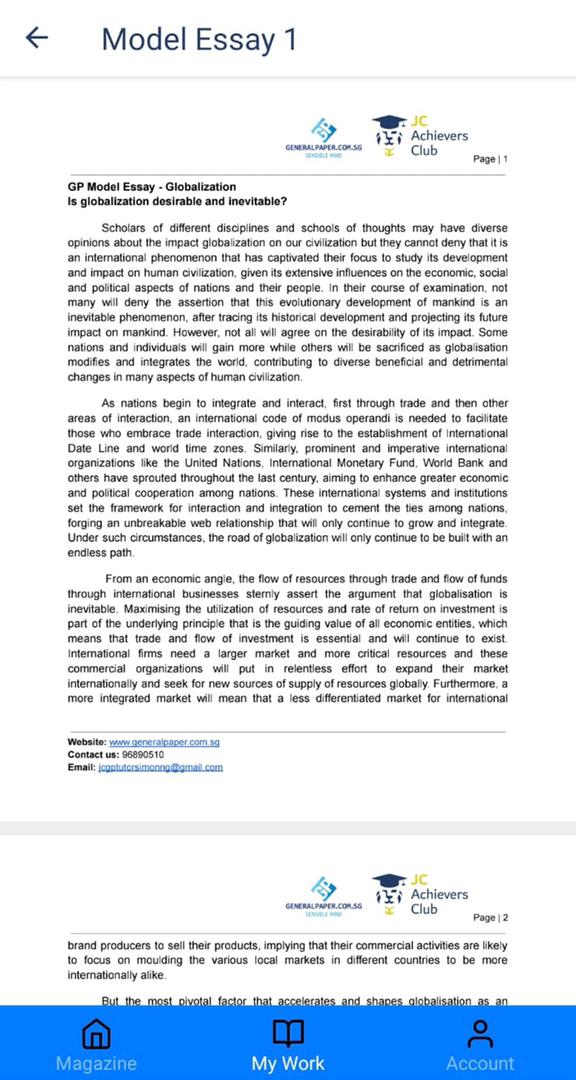- Publish On: 08 June 2018
- Author: GP Tuition Simon Ng
Culture is a big issue that is being scrutinised due to it playing such a large role in our daily lives. However, with modernisation, there has been a growing debate on whether culture still holds value. One school of thought is that culture holds no value in the modern world while another school of thought is that culture holds value in the modern world. This essay is more inclined to the view that culture does not hold value in the modern world.
Feasibility
It is difficult to maintain cultural diversity because of it is constrained by feasibility. As people are sensitive, clashes between cultures happens often due to conflicting practices such as interaction amongst people in shared spaces. For example, in Singapore, where we are often considered a ‘melting pot of cultures’, there are clashes such as the Amy Chong incident where she complained about the noise a Malay wedding being held under her flat was being too much. This is an often occurrence, where people get upset due to differences in culture especially since often time they must share spaces. In addition, because there is technology, people are able to say anything they want without thinking ahead. Hence, conflicts may occur.
However, it is with technology that culture can be kept and more valued. With technology, culture is spread and encouraged. This is due to people now being more able to access the information about their culture and other people’s cultures, thus building understanding and therefore better treasuring it. For example, in Singapore, to ensure that conflict is kept low since we have such a diverse population, local television shows often show a mix of races and cultures, often times explaining what their culture and traditions are so that understanding between cultures is fostered. Hence, it is feasible to continue keeping our culture in this modern world.
Sustainability
On the other hand, it may be difficult to sustain our culture since our world is becoming more modernised and hence to make way for it, we may have to lose some traditions. One such example are the old playgrounds in Singapore. Singaporean youths used to always play in the playgrounds where the structures are simple and the flooring is usually a sandbox. However, as we are becoming increasingly modernised, Singapore has been phasing out these simple structures and messy sandpits and replacing them with plastic, more complex and fun playgrounds with rubber flooring. This then shows that it is difficult to sustain our culture and traditions because we need to move on from the olden days and their traditions to improve and advance.
However, it is possible to still sustain our culture by giving them new life. For example, with buildings, which act as a representation of how life in the past was like for many, can be repurposed so that while the building still stands and people can still reminisce about the past and children now can better understand how our culture used to be like, our progress is not compromised. On example would be the now Fullerton Hotel Singapore, which used to be The Fullerton Building, which was mainly occupied by the General Post Office. This shows that it is possible and sustainable to retain our culture even in this modernising world.
In conclusion, culture still holds value in this modernised world as even though it may be out of the way to keep our culture, it still plays a big role in how we act and speak and thus should be kept. This can be done through the government emphasising on the importance of culture and making compromises to ensure that culture can still go hand in hand with technology and its advances.

GP Tuition Online on Culture | General Paper Tuition
Be part of our vibrant learning community
Join now to get more learning resources like this

Join our FREE GP Learners Club
to learn anywhere and anytime!
Be a digital learner
and get Grade A for GP
Get learning resources Now?
GP Study Magazine
and cultivate writing and answering skills
 Learn More
Learn More
GP Videos | Content Enrichment |
GP Essays | Infographics | GP Facts











